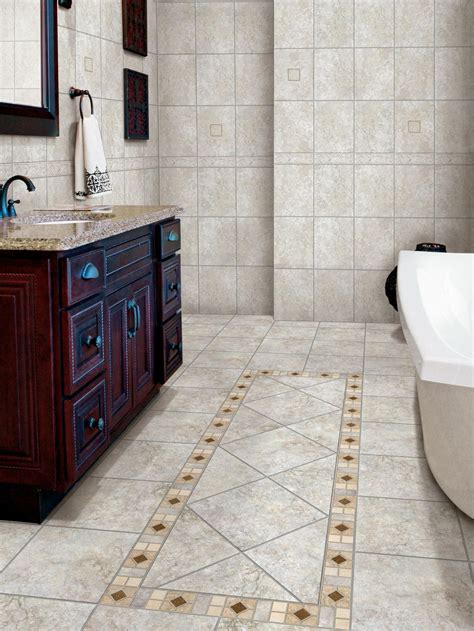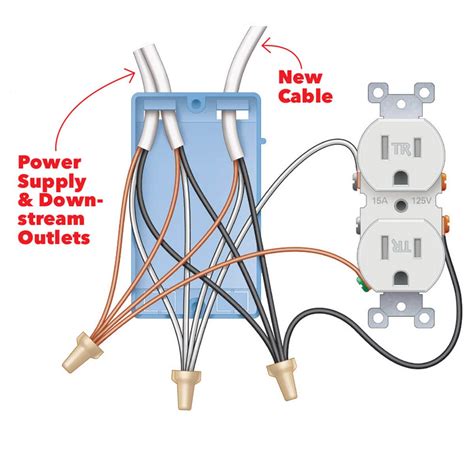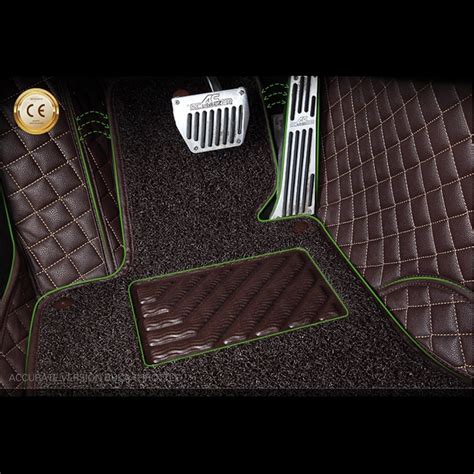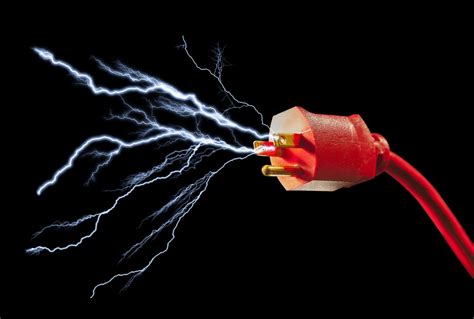
Before You Begin
Dealing with a clogged toilet can be an unpleasant situation, but with the right tools and techniques, you can quickly resolve the issue. Before you start, make sure you have a plunger on hand. Follow this step-by-step guide to unclog your toilet effectively.
Fill the Toilet Bowl (as Needed)
Before using a plunger, it can be helpful to add some water to the toilet bowl. If the water level is low, pour in enough water to cover the rubber portion of the plunger. This added water helps create a good seal and provides extra force when plunging.
Position the Plunger
Place the plunger into the toilet bowl, ensuring that it covers the drain opening completely. Make sure the rubber cup of the plunger is facing down and forms a tight seal around the drain.
Work the Plunger
Hold the plunger firmly by the handle and begin working it up and down in a vertical motion. Apply enough force to create suction, but be careful not to splash water out of the bowl. Continue plunging for about 15-20 seconds or until you feel a release of pressure.
Flush the Toilet
Once you’ve finished plunging, carefully remove the plunger from the bowl. Flush the toilet to check if the clog has been cleared. If the water drains smoothly and the toilet flushes properly, congratulations! You’ve successfully unclogged the toilet.
If Plunging Doesn’t Work
If plunging doesn’t resolve the clog, don’t panic. There are still a few options you can try:
1. Use a toilet auger: A toilet auger, also known as a plumbing snake, is a tool specifically designed to clear stubborn clogs. Insert the auger into the toilet drain and turn the handle clockwise to break up the blockage.
2. Apply a toilet-specific chemical drain cleaner: If the clog persists, you can try using a toilet-specific chemical drain cleaner. Follow the instructions on the product carefully, as these cleaners can be harsh and should be used with caution.
3. Call a professional plumber: If all else fails, it may be time to seek the help of a professional plumber. They have the expertise and specialized tools to tackle even the most stubborn toilet clogs.
Frequently Asked Questions (FAQs)
Q: What should I do if the water level in the toilet bowl is too high?
A: If the water level in the toilet bowl is too high and you’re concerned about overflowing, you can try using a bucket to scoop out some of the water before plunging. Alternatively, you can shut off the water supply to the toilet by turning the valve located behind the toilet.
Q: Why is the plunger not creating suction?
A: If the plunger is not creating suction, make sure you’re using the correct type of plunger for a toilet, which has a flange or an extended rubber lip at the bottom. Also, ensure that the plunger is positioned correctly and forms a tight seal around the drain opening.
Q: Is it safe to use chemical drain cleaners in a toilet?
A: While chemical drain cleaners can be effective in unclogging toilets, they should be used with caution. Read the product instructions carefully and avoid mixing different cleaners, as they can produce harmful fumes. Additionally, some cleaners may damage older pipes or plumbing fixtures. If you choose to use a
chemical drain cleaner, follow the safety guidelines and consider wearing protective gloves and goggles.
Conclusion
With the help of a plunger and these step-by-step instructions, unclogging a toilet can be a relatively simple task. Remember to fill the toilet bowl with water, position the plunger correctly, and work it up and down vigorously. If plunging doesn’t work, try alternative methods like using a toilet auger or a chemical drain cleaner. However, always exercise caution and consider calling a professional plumber if the clog persists.






